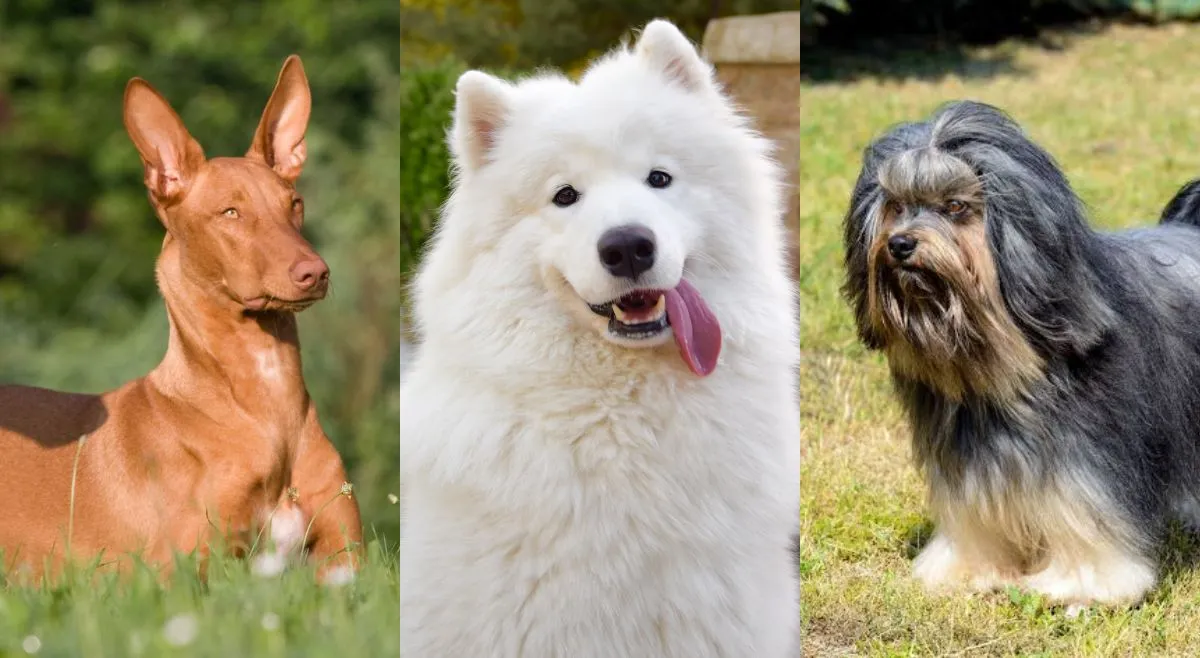Why Are Expensive Puppies So Rare and Exclusive?
When it comes to the world’s most expensive puppies, their staggering price tags aren’t just about looks—they reflect a blend of genetics, exclusivity, and demand. From rare bloodlines to celebrity endorsements, various factors contribute to making these puppies both rare and highly coveted. Here's an in-depth look at what drives the value and exclusivity of luxury dog breeds.
1. Rarity of Dog Breeds and Limited Breeding Populations
One of the most significant factors in the exclusivity of high-end puppies is breed rarity. Certain breeds have extremely limited populations globally, either due to their recent recognition by kennel clubs or because of deliberate restrictions in breeding.
For example, the Löwchen, often referred to as the “Little Lion Dog,” has historically been one of the rarest breeds in the world. Similarly, the majestic Tibetan Mastiff—with its lion-like mane and ancient lineage—is bred in such small numbers that even a single pup can command tens of thousands of dollars.
These limited breeding programs are often tightly controlled to maintain genetic integrity, further enhancing the exclusivity and price of each puppy.
2. Pedigree, Champion Bloodlines, and Registered Lineage
Pedigree and bloodline play a huge role in determining a puppy’s value. Dogs that come from a line of champion show dogs or have parents with prestigious awards can fetch extremely high prices.
Registered purebreds, especially those acknowledged by elite organizations like the American Kennel Club (AKC) or Fédération Cynologique Internationale (FCI), are considered premium. Breeders often present detailed lineage certificates, ensuring buyers know they’re acquiring not just a pet, but a legacy.
This documented heritage ensures traits like temperament, appearance, and health are predictable and desirable, making such puppies more valuable.
3. High Breeding Costs and Specialized Veterinary Care
Breeding luxury dogs is neither easy nor cheap. Reputable breeders invest heavily in health screenings, genetic testing, and specialized reproductive services. Some breeds, like French Bulldogs, cannot mate or give birth naturally and require artificial insemination and C-sections, significantly raising the cost of each litter.
Moreover, breeds with long, luxurious coats, such as the Afghan Hound, or those with large body sizes, like the Great Dane, demand regular grooming, specific diets, and continuous health care, all of which come at a premium.
These high maintenance and breeding expenses inevitably increase the final cost of each puppy.
4. Small Litter Sizes and Reproductive Challenges
Many rare dog breeds naturally produce smaller litters or face reproductive difficulties, making each puppy an uncommon gem. For instance, Tibetan Mastiffs and Chow Chows often have only a few puppies per litter, sometimes fewer than four.
Fewer puppies mean lower supply, which drives up demand and price. Coupled with the fact that some breeds require extensive monitoring and support during pregnancy, the effort involved in producing just one healthy pup becomes a labor of love—and expense.
5. Celebrity Influence and Social Status
High-profile ownership often fuels the popularity and perceived value of dog breeds. When celebrities, influencers, or billionaires are seen flaunting a particular breed, the breed quickly becomes a status symbol.
The Tibetan Mastiff, once purchased in China for over $1.5 million, is a prime example. Considered a symbol of wealth and power, its association with luxury lifestyles makes it not just a pet, but a prestigious possession.
This surge in popularity creates a supply-demand imbalance, with prices skyrocketing due to newfound desirability.
6. Unique Physical and Behavioral Traits
Some puppies are prized for their distinctive characteristics—such as rare coat colors, striking facial structures, hypoallergenic fur, or even behaviors suited for elite lifestyles. The Samoyed, known for its fluffy white coat and perpetual "smile," is one such breed that commands high prices.
Moreover, dogs with historical prestige, like those bred to guard temples or accompany royalty, often carry the allure of their past. Their rare traits, both in form and function, make them especially attractive to niche buyers looking for something beyond the ordinary.
7. Geographic Exclusivity and Cultural Value
Certain breeds are native to specific regions and are rarely found elsewhere. Importing them requires extensive paperwork, quarantine procedures, and shipping costs, all of which contribute to their elevated price.
For example, the Azawakh, a sleek hunting dog from West Africa, is difficult to obtain outside its native region. The effort and cost involved in transporting such dogs to other parts of the world make them not only expensive but also culturally rare and exotic.
Additionally, some breeds carry cultural significance in their regions of origin, further increasing their value on the global market.
The Price of Prestige in the Canine World
Owning one of the world’s most expensive puppies isn’t just about companionship—it’s a statement of wealth, taste, and exclusivity. From elite bloodlines and limited availability to celebrity endorsements and unique characteristics, multiple layers contribute to the staggering price tags of luxury dog breeds.
Whether you’re a seasoned collector, an enthusiast of rare genetics, or simply looking for a companion with unparalleled pedigree, these high-end puppies represent the pinnacle of prestige in the pet world.
In the end, it’s not just a dog—it’s an investment in living luxury.





